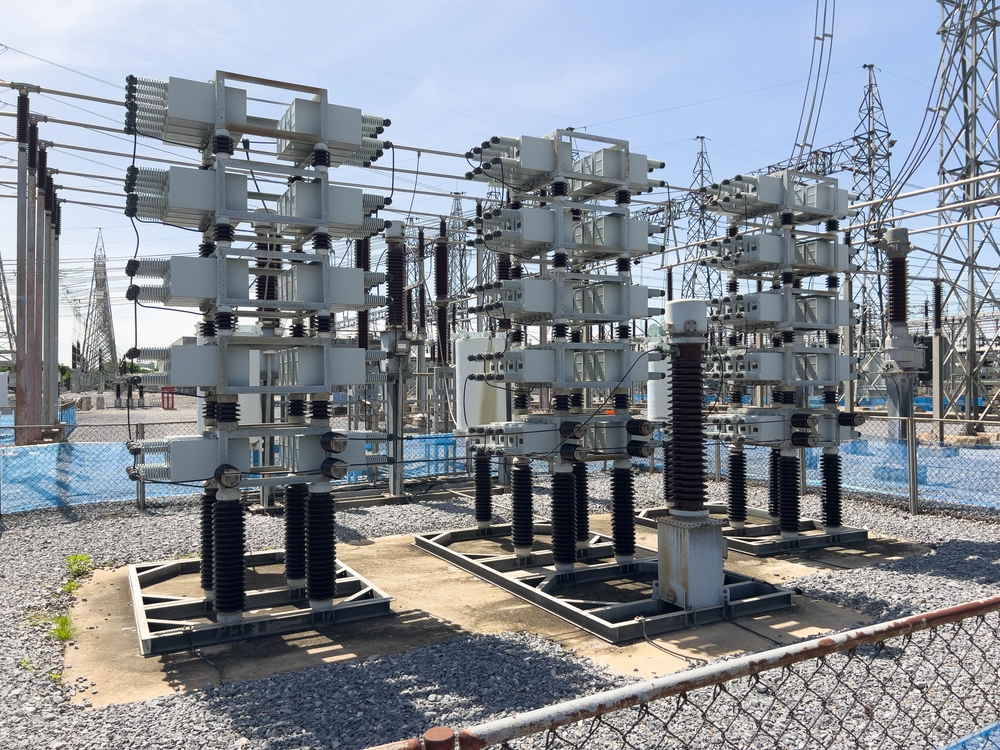
Looking to save money on energy bills and ensure your facility operates more efficiently? One important metric you’ll want to know is the load factor. What is the load factor in electrical usage? The load factor can tell you a lot about how your property is functioning and help you take corrective action if necessary. Read on to learn more:
What is Load Factor?
Load factor is an important metric in determining energy management. Specifically, it is the amount of kilowatt hours (kWh) that’s delivered over a set period. More simply put, it’s energy that’s being used. It’s not to be confused with the total possible kWh that can be delivered over a period.
You should be able to view your property’s load factor on your monthly energy bill. It’s always a number that will be less than 1, and you should consider this metric in percentages. The lower your load factor number, the further away your energy consumption is from peak demand. A number, like 0.2 (20 percent) or lower, is also indicative that your property is consuming energy in spikes – and these demand spikes can be costly. It could also be indicative of a data problem, a metering problem, or even a billing problem.
The higher your load factor, 0.8-0.9 (80-90 percent), or the closer you get to 1, the steadier the electrical consumption. But this isn’t always a positive. While high load factors can qualify for lower cost rates due to their predictability, which makes it easier to plan power generation, it could also be a sign of a property that’s being managed inefficiently.
A typical load factor is usually somewhere in the 40 to 60 percent range.
How do You Calculate Load Factor?
Load factor is the total amount of energy used in a billing period divided by the possible total energy that could be used within the period. To calculate the load factor, multiply peak demand, number of days in the billing cycle, and 24 (as in hours in a day). Next, divide the total electricity in kWh used throughout the billing period by this number. The load factor should come in between 0 and 1.
The formula is as follows:
- Monthly kWh/(monthly peak demand (kW) x days in the billing period x 24)
Say your monthly bill indicates 35,000 kilowatt hours of use, with peak demand coming in at 100 kilowatts. Your billing cycle is 30 days. Using the formula above, your load factor would be 0.486, or round up to 49 percent.
How is Load Factor Used?
As we mentioned earlier in this piece, load factor is an important metric in energy management. Knowing your load factor can help more efficiently manage its power load and save money. Knowing your property’s load factor can also help identify any data or metering irregularities. Remember, the higher your load factor is to 1, the more efficient your property is consuming electricity. Anything below 0.5, demonstrates periods of high usage and low utilization. A low load factor often translates into a higher energy bill. That’s because there’s less consistent demand and more demand charges as your property tends to consume its energy in spikes.
How Load Factor is Different than Power Factor
Load factor is the amount of kilowatt hours (kWh) that are delivered over a set period. Power factor is the ratio of working power to apparent power, or a measurement to indicate just how effectively electricity is being used within a property.
Just as a high load factor generally indicates a more energy-efficient property, a high power factor often translates to better current-carrying capacity, better voltage to electrical equipment, and lower electrical bills.
The Value of Monitoring Load Value
Monitoring load factor and taking measures to improve it is an important part of managing your property’s energy efficiency. A high load factor often translates to a reduced average unit cost for kWh.
There are other key benefits to monitoring load value as well. As we’ve noted throughout this piece, load factor can also help property managers spot data irregularities, metering issues, system control problems, and opportunities to save money by changing rates.
How You Can Improve Your Company’s Load Factor
As we’ve noted throughout this post, the higher your load factor, the reduced average unit cost for kWh. This can help your property save money on energy bills, a key overhead cost. So how can you improve your company’s load factor? Here’s a look at some strategies:
- Try shifting energy usage away from peak times. This can be accomplished in several ways depending on your facility. Something as simple as installing programmable thermostats that adjust temperature settings throughout the day based on demand is one measure. Adjusting certain high-energy operations to off-demand hours can also help relieve the electric grid and save on electrical costs.
- Install an energy management system: These systems help monitor, control, and optimize your property’s energy usage. These systems pull and analyze data to help property managers better understand their data usage and make decisions accordingly.
- Try to keep demand as stable as possible: When high-wattage equipment runs simultaneously with each other, it’s going to lead to an increase in peak demand, which can be costly. Any effort to keep demand stable is going to lead to a lower peak demand charge and should help reduce your property’s energy bills.
Contact Green Line Rates Today
For more information on load factor, how to calculate it, and how to improve it, contact Green Line Rates today. In addition to exploring strategies to help improve your load factor and help your property save money, we can also complement such efforts with a utility bill audit or energy audit to further identify any irregularities or inefficiencies. Contact us today for more information or to set up a consultation.
